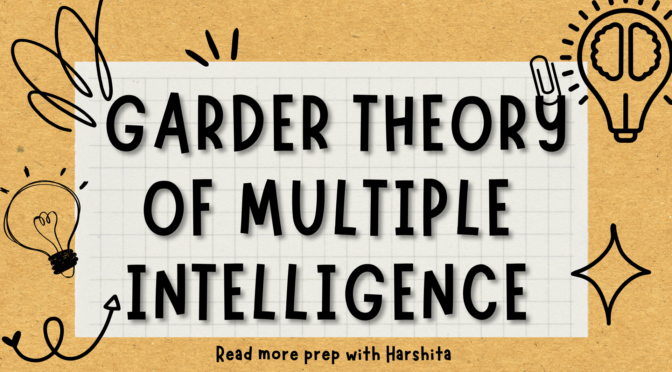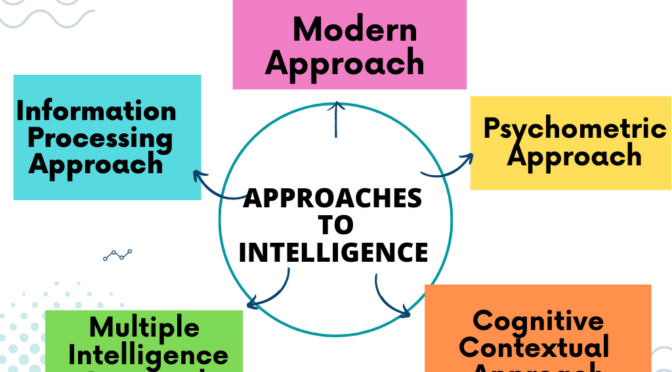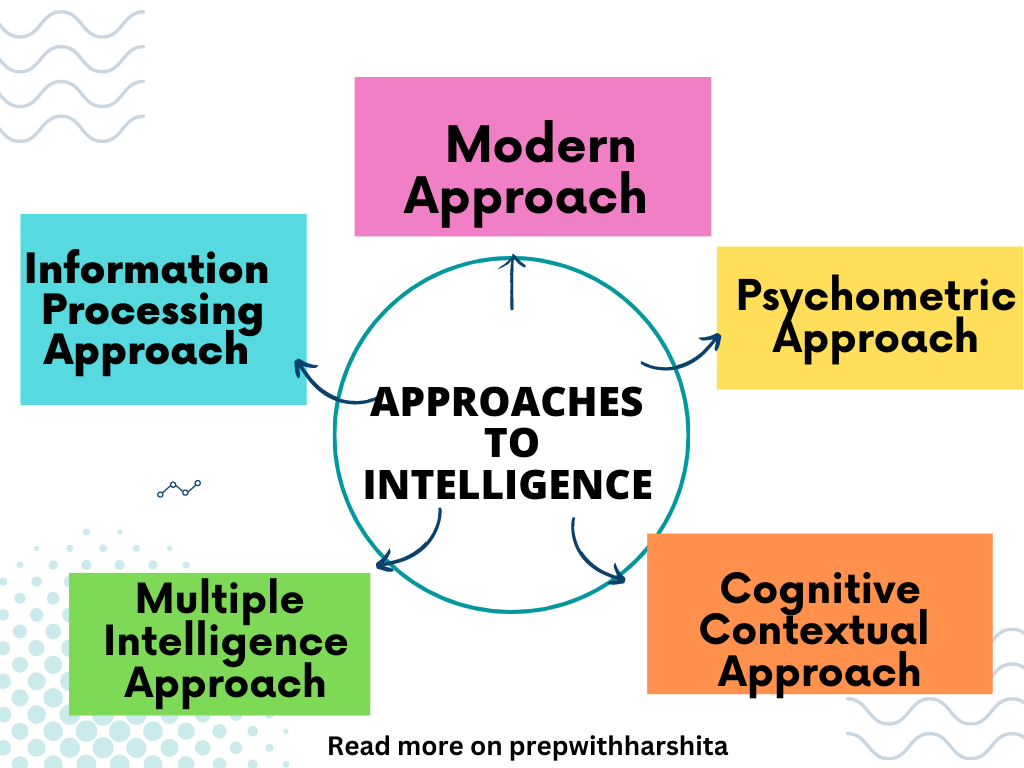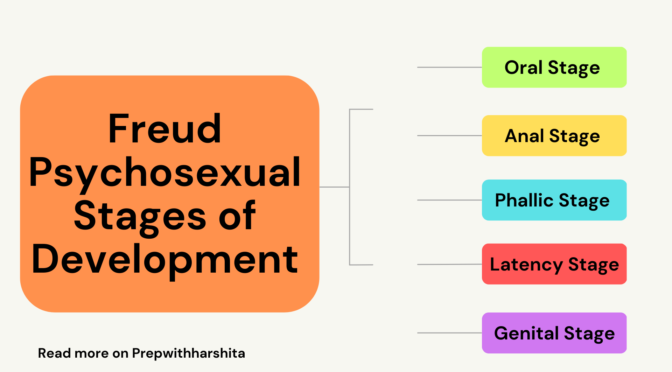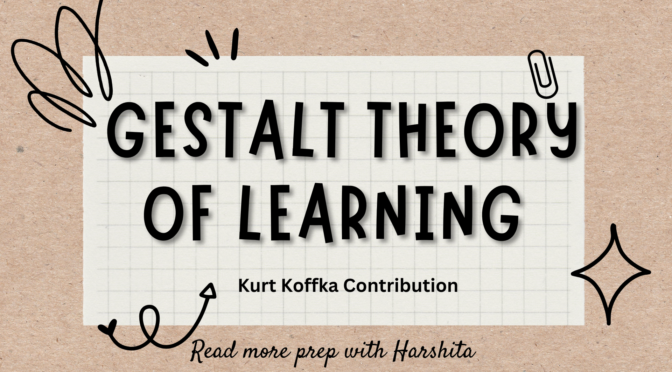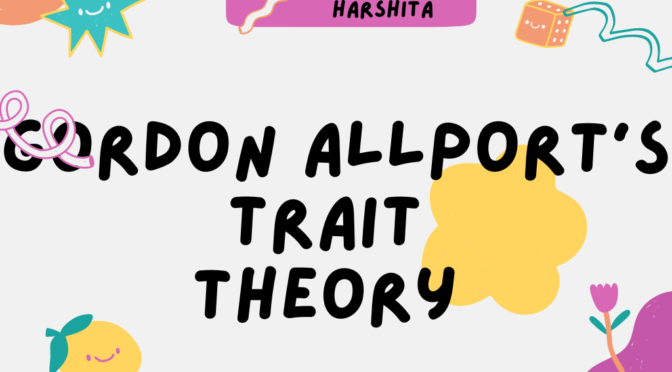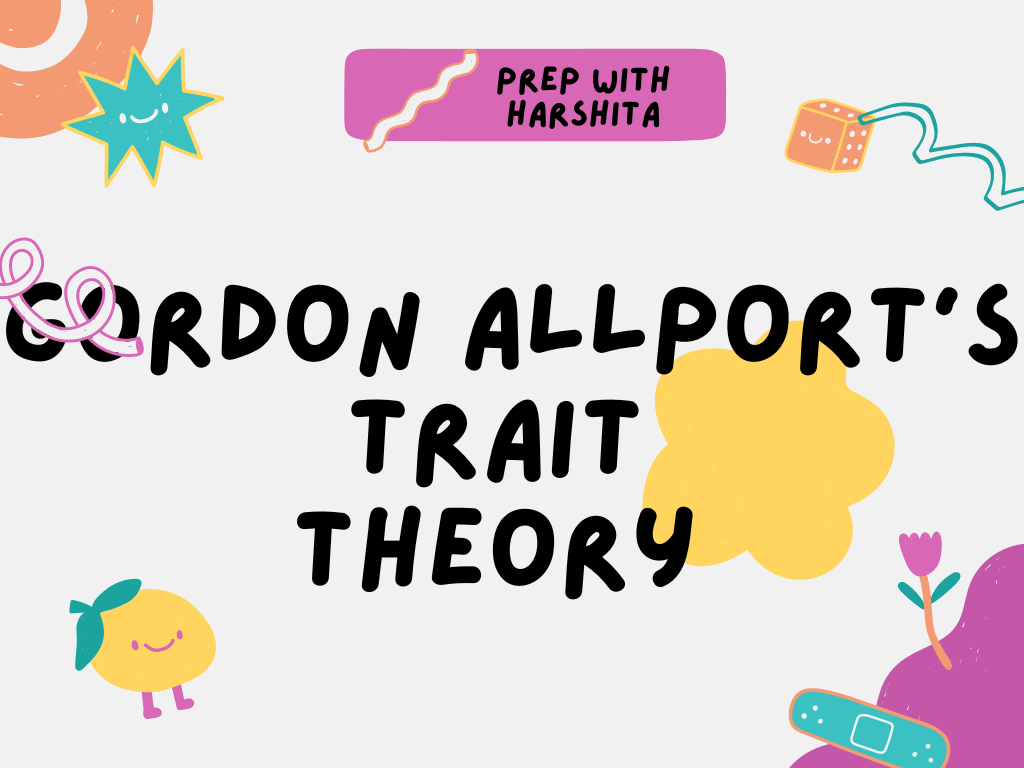Howard Gardner theory of multiple intelligences proposes that there are different types of intelligence that are independent of each other, and that individuals possess a unique blend of intelligences that influence their cognitive abilities and learning styles.
About Howard Gardner :
Howard Gardner is a prominent American psychologist and professor of cognition and education at the Harvard Graduate School of Education. He is best known for his theory of multiple intelligences, which he first proposed in his 1983 book “Frames of Mind: The Theory of Multiple Intelligences.”
Gardner’s theory posits that intelligence is not a single, general ability, but rather a set of distinct abilities that operate relatively independently of each other. He identified eight different types of intelligence: linguistic, logical-mathematical, musical, spatial, bodily-kinesthetic, interpersonal, intrapersonal, and naturalistic.
In addition to his work on multiple intelligences, Gardner has also written extensively on education and creativity. He has received numerous awards and honors for his contributions to the field of psychology and education, including the Prince of Asturias Award for Social Sciences and the MacArthur Fellowship.
Gardner identified eight types of intelligence, which are described in detail below:
- Linguistic intelligence: This type of intelligence involves the ability to use language effectively, including reading, writing, and speaking. People with strong linguistic intelligence are good at explaining things, telling stories, and using language to persuade others.
- Logical-mathematical intelligence: This type of intelligence involves the ability to reason logically, solve mathematical problems, and think abstractly. People with strong logical-mathematical intelligence are good at analyzing data, making predictions, and solving complex problems.
- Spatial intelligence: This type of intelligence involves the ability to visualize and manipulate objects in space, and to perceive and create visual images. People with strong spatial intelligence are good at interpreting maps, creating diagrams, and designing three-dimensional objects.
- Bodily-kinesthetic intelligence: This type of intelligence involves the ability to control body movements and handle objects skillfully. People with strong bodily-kinesthetic intelligence are good at dancing, playing sports, and performing tasks that require physical coordination.
- Musical intelligence: This type of intelligence involves the ability to recognize and create musical patterns, and to understand the structure and meaning of music. People with strong musical intelligence are good at composing music, playing instruments, and recognizing different types of musical styles.
- Interpersonal intelligence: This type of intelligence involves the ability to understand and interact effectively with others, and to read other people’s emotions and intentions. People with strong interpersonal intelligence are good at communicating, collaborating, and resolving conflicts.
- Intrapersonal intelligence: This type of intelligence involves the ability to understand oneself, including one’s emotions, motivations, and strengths. People with strong intrapersonal intelligence are good at setting goals, managing their own emotions, and understanding their own thoughts and feelings.
- Naturalistic intelligence: This type of intelligence involves the ability to recognize and understand patterns in the natural world, including living things and natural systems. People with strong naturalistic intelligence are good at identifying different types of plants and animals, predicting weather patterns, and understanding environmental issues.
Gardner’s theory of multiple intelligences suggests that individuals possess a unique combination of these intelligences, and that the strengths and weaknesses of each intelligence can vary from person to person. This theory has been influential in education, as it suggests that teachers should recognize and cultivate the different intelligences of their students, rather than focusing exclusively on linguistic and logical-mathematical abilities.
Also Read : Assessment of Intelligence
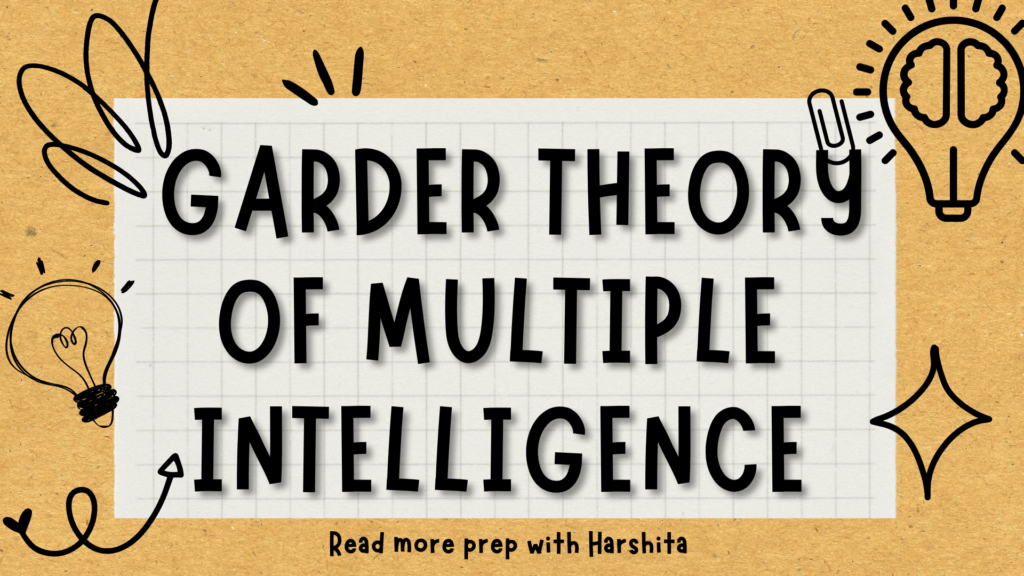
Also Visit : Prep with Harshita

